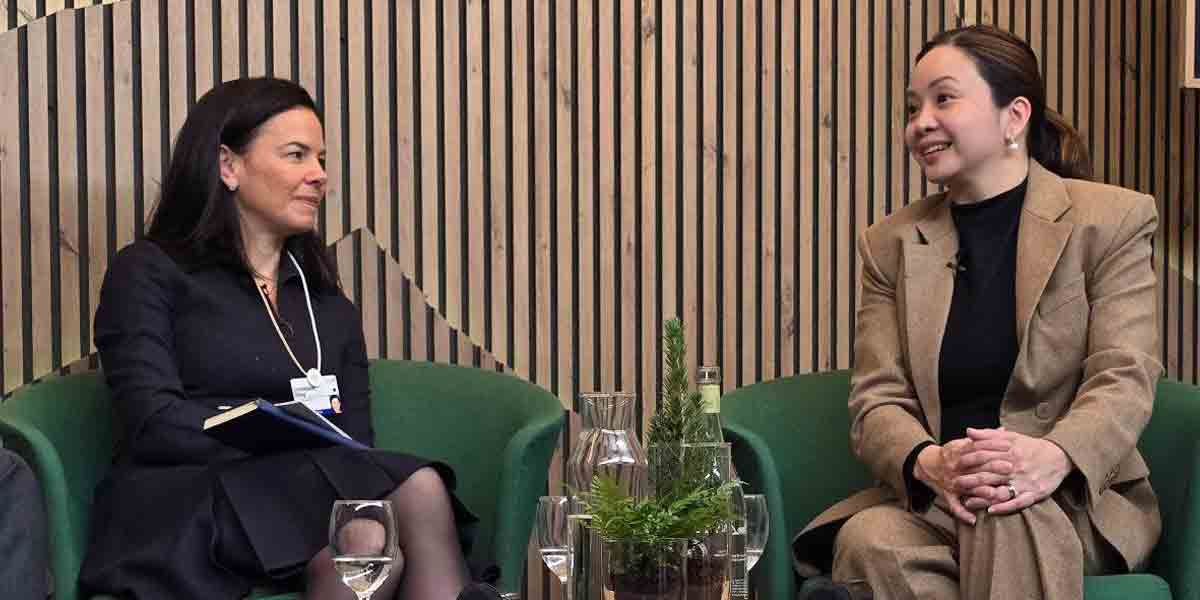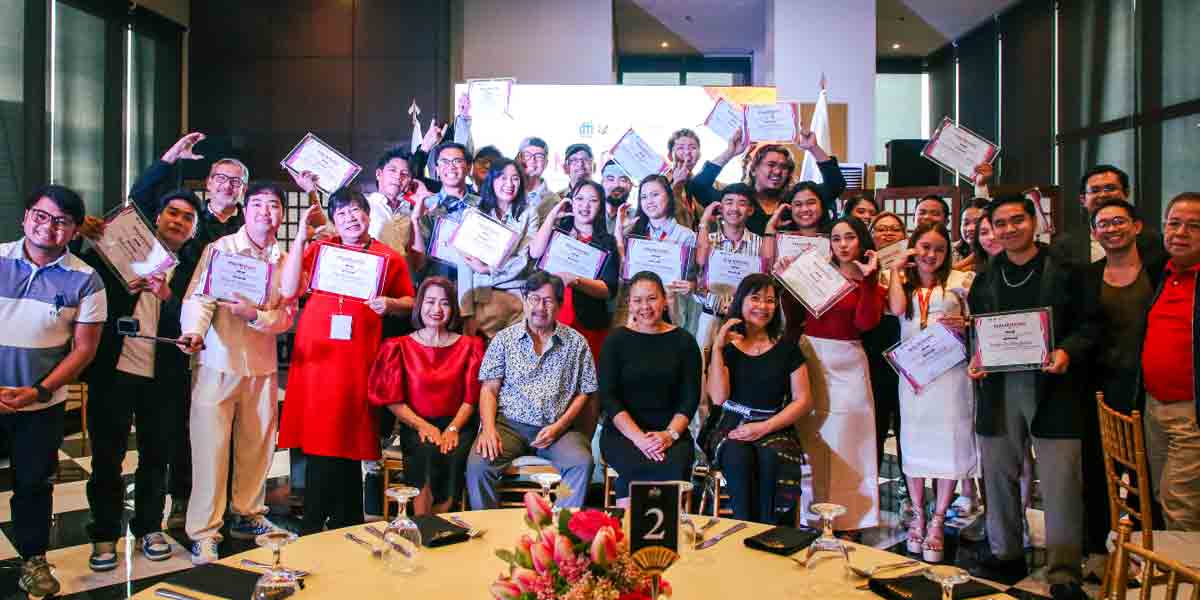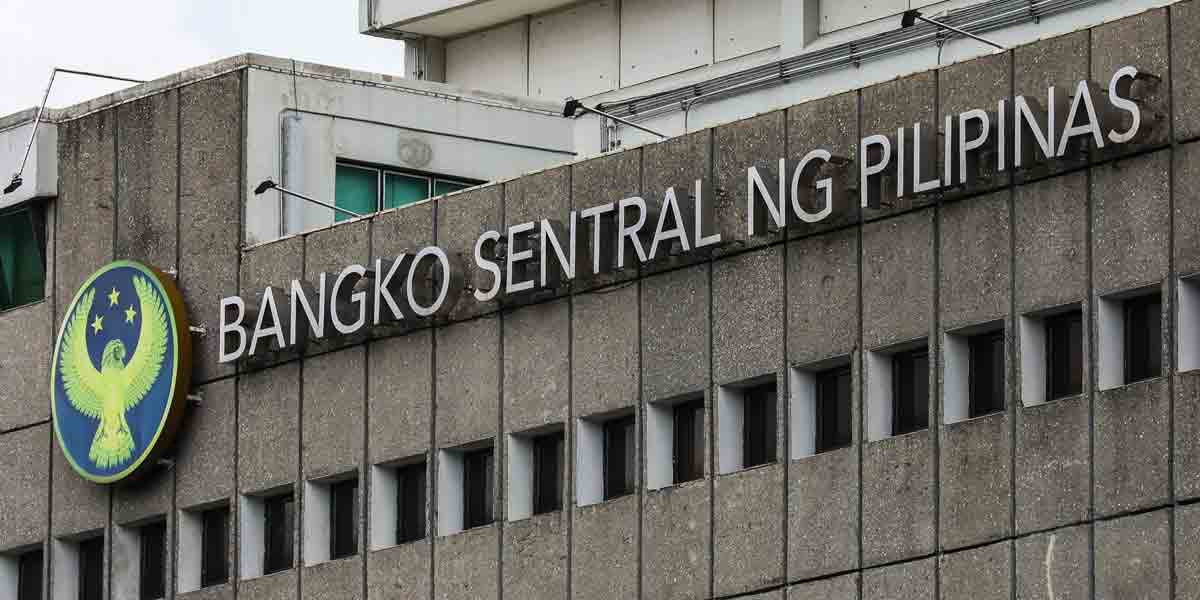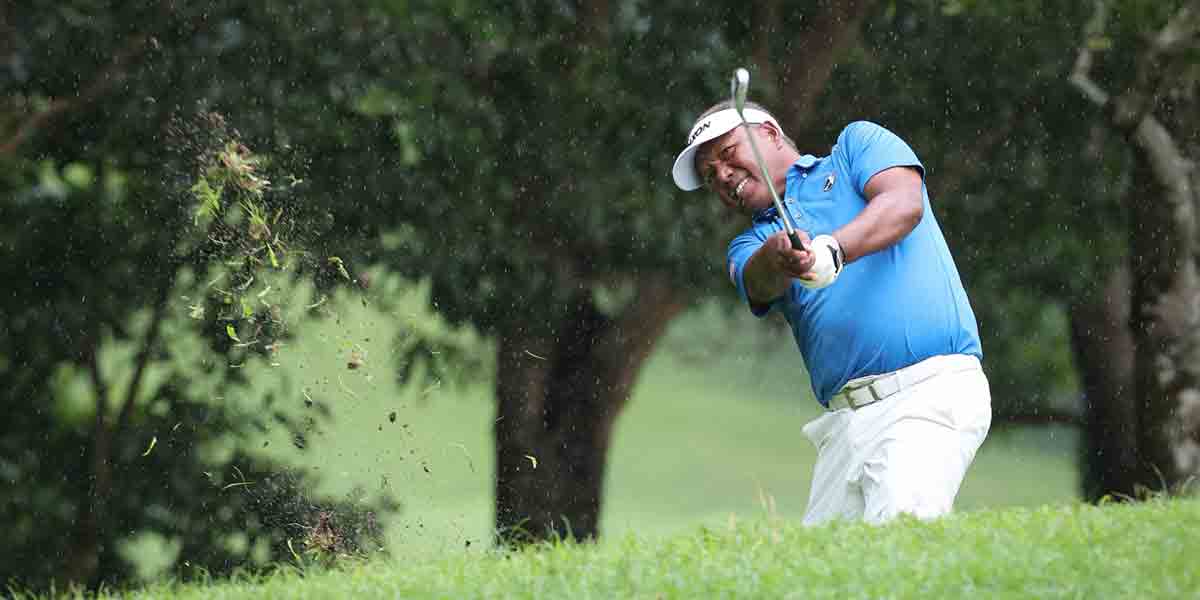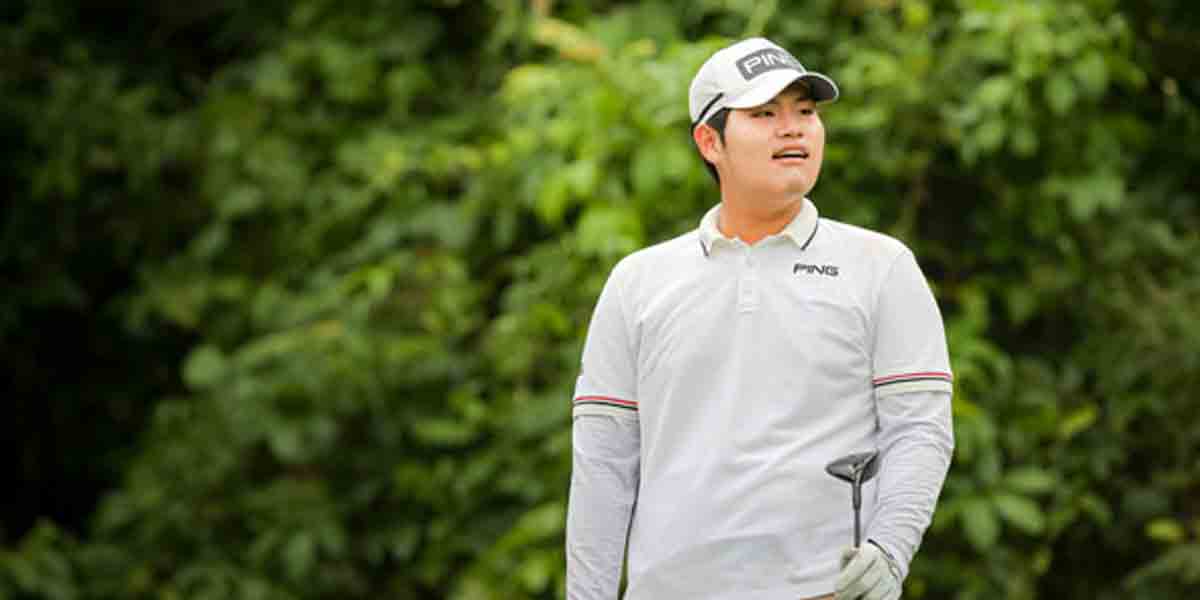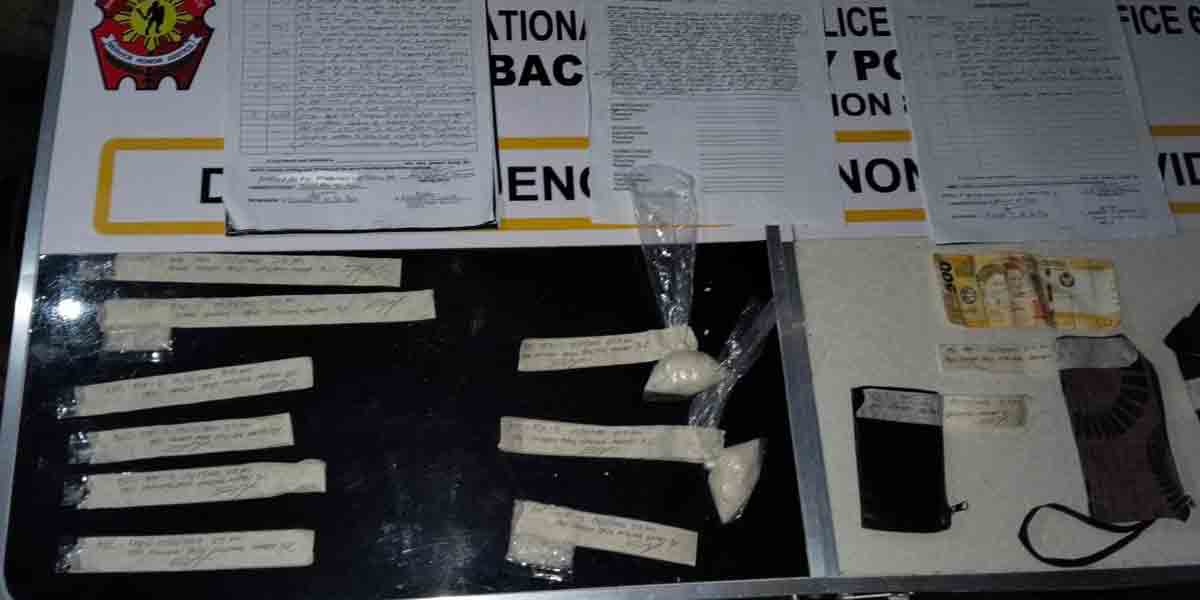By Renato Redentor Constantino
Chandler Burr dwelled on “the mystery of smell” in his intriguing 2004 book, The Emperor of Scent. “We understand the human sense of vision,” Burr wrote, “intimately down to exactly which vibration of a particle of light caught in the vision receptor in the retina will make us see exactly which color… We know hearing in exquisite detail, can predict with absolute accuracy which air vibration in the cochlea will create what tone. But of smell, we do not know, cannot predict.”
Scent is a curious notion. And Burr might even agree, as with many details in life, a lot of things become more interesting once you apply a bit of history, even things you’d normally associate with the nose.
The experience is easily demonstrated in the case of the flower of cananga odorata, a tree most Filipinos know as ylang-ylang.
We encounter it often when strung with sampaguita garlands and sold in Metro Manila streets. But not many know the flower very much has links to the revolutionary past of the Philippines.
It should not be surprising to encounter the 20-foot ylang-ylang tree inside PUP’s main campus. The university is in Sta. Mesa, whose streets in the 19th century were once lined with ylang-ylang. Back then Sta. Mesa was a big supplier of flower-derived essential oils to some of the world’s largest perfumeries in France.
Native to the Philippines, the ylang-ylang is “a fast-maturing tree that can [also] be found endogenous in tropical Asian countries.” Iplantz, a botanical database of hundreds of tropical and subtropical plants, describes it as “a fast-growing tree” that, in cultivation, can grow up to 10 to 33 feet tall. “The flowers are large, made up of six slender petals up to 13 cm long that are green and twisted when young, becoming yellow, limp and drooping when mature. They are borne in profusion, in clusters of four to twelve arising at the leaf bases and come into bloom in the rainy season.”
In the Philippines, judging from the experience of EA Real Agrofarm, a business based in Aurora Province, “it takes three years to cultivate ylang-ylang from seed to flower and five years to reach full bloom.” The agribusiness tells us the critical difference with other fruit-bearing trees is the way ylang-ylang “are pruned to a certain height to make harvesting easier.” Each year, an ylang-ylang tree produces an average of 5 kilos of flowers, according to the fragrance boutique, Carrementbelle.com, “It grows quickly and generally produces flowers until it is 50 years old.”
Ylang-ylang blooms are so fragrant they are used as a base note, a foundational fragrance providing depth and longevity to particular scents. The sensual aroma of the flower is the reason why it is a key ingredient to Dior’s J’adore and why it is central to Supreme Bouquet, a perfume by Yves Saint Laurent that – at the tiny quantity of 75 ml., sells for over Php11,000. Ylang-ylang is also the base note for Chanel No. 5, the most famous fragrance produced by Coco Chanel, who was a Nazi collaborator, which is another story for another day.
It’s enough to know, from a value of USD40.02 million in 2023, the global ylang-ylang market is expected to reach USD57.86 million by 2031. Apart from the calming aroma of ylang-ylang, oils extracted from the flowers and leaves “have exhibited antimicrobial, insecticidal, and anti-inflammatory activities… [including] insect-repellent properties.”
According to Munting Luntian, the gorgeous book of PUP documenting wayside perennial plants in its Mabini campus, “The flower can be pounded to form paste” to treat asthma and its “bark … is prepared as a decoction to treat stomach problems.”
It’s clear ylang-ylang trees deserve our love. They are called a pollinator paradise because the bright color and powerful scent of its flowers attracts bats, bees, butterflies, and birds. But there’s another reason to protect the ylang-ylang: they are also Filipino repositories of local and national memory.
In the middle of the 19th century, a German sailor named Albertus Schwenger was the first to extract ylang-ylang oil using steam from his mobile still in Manila. But it was Friedrich Steck, a German pharmacist, who was the first to bring distilled ylang-ylang essence to commercial operations through the Escolta pharmacy he named after his nephew, Pablo Sartorius.
According to Dr. Jennifer Peace Rhind, a Chartered Biologist of the Royal Society of Biology from the University of Strathclyde, “The oil was marketed as ‘Ylang Ylang Sartorius’ and gained an international reputation.” It “won the gold medal and [the] highest awards at the Philippine Exposition held at the Crystal Palace in the Retiro of Madrid, Spain in 1887”, was among of the new scents “exhibited at the Paris World Exhibition in 1878” and “the Louisiana Purchase Exposition held in St. Louis, Missouri, USA in 1904.” During this period, “ylang-ylang essence commanded the highest prices on the European market.”
At the center of a flourishing industry in Manila, Sartorius “came to acquire … worldwide fame,” with the company’s reputation attracting young talent such as Dr. Heinrich Rothdauscher, a student of the great chemist Justus von Liebig, whose research was studied closely by Karl Marx. The historian Ramon Guillermo tells us how Rothdauscher’s interest was secured by offering the young pharmacist, who had just passed state examinations in Munich, a five-year contract in Manila inclusive of all travel expenses and complete provisions.
Over a century before the global presence of oil from Philippine ylang-ylang was supplanted by Madagascar and the Comoros Islands, the fragrant trees were growing “extensively in Sta. Mesa, San Juan and adjacent regions solely for their flowers.” But in 1896, economic “reverses piled up: a drought, a locust plague, a coffee blight, a food shortage and some other adversities had hit the Tagalog region.” That very year in August, the same month the Katipunan declared open revolution for ginhawa and against Spanish rule, hacenderos imposed new surcharges on tenants tending to mango and bamboo, including the imposition of “35 cents for every ilang-ilang tree.” As the “first provinces that rose in revolt were those in which there were extensive friar estates,” ylang-ylang “growers joined the farmers, the shopkeepers and the working people of Manila in tearing up their cedula, that odious symbol of taxation. Thus did the fragrant flowers contribute their bit to the Revolution.”
“I should think,” wrote the eminent physician and biologist Lewis Thomas, “that we might fairly gauge the future of biological science, centuries ahead, by estimating the time it will take to reach a complete understanding of odor,” and just as the empire of scent “contains, piece by piece, all the mysteries,” we can only hope our people’s history with the ylang-ylang can help trigger more reflection from Filipinos. It’s about time we sniff out the missing critical elements of our past so we may one day soon complete the continuing puzzle that is our nation.
“The act of smelling something,” said Thomas, “is remarkably like the act of thinking itself. Immediately, at the very moment of perception, you can feel the mind going to work, sending the odor around from place to place, setting off complex repertoires throughout the brain, polling one center after another for signs of recognition, old memories, connections.”






